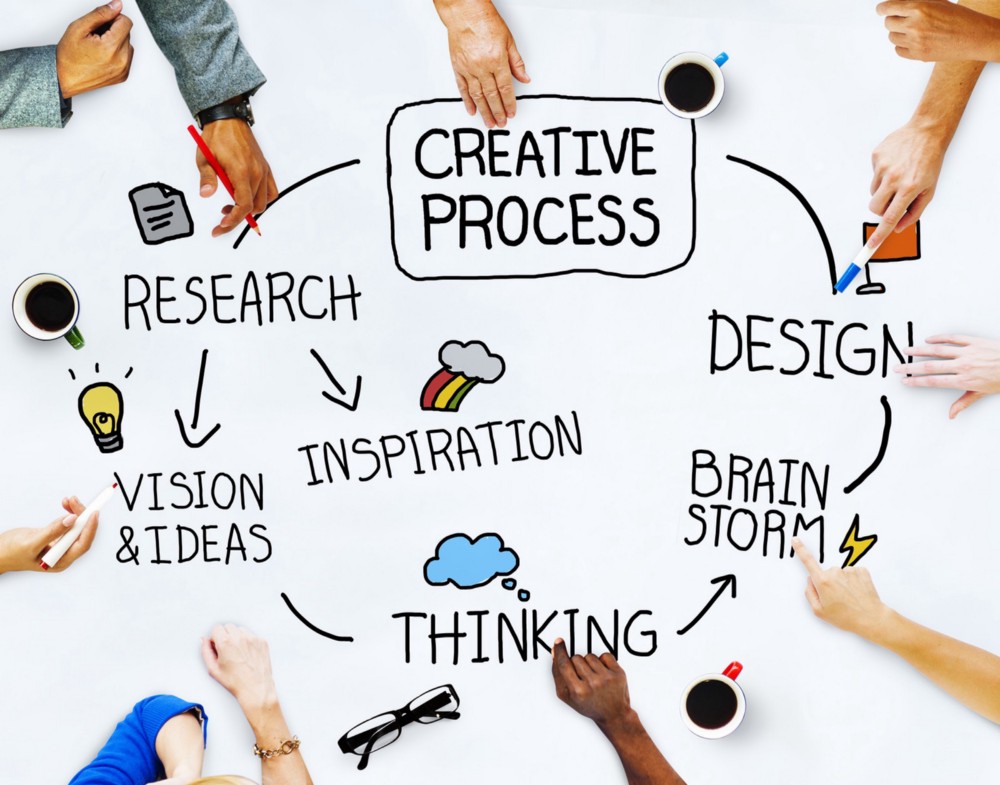
UI design and UX design are two of the most often confused and conflated terms in web and app design. Most of the people get confused and it becomes hard to differentiate between two. They’re usually placed or used together in a single term, UI/UX design which results in the confusion.
What exactly are UI design and UX design, and what is the difference between the two?
Simply, UI is how things look, UX is how things work.
Now, let’s unveil these two acronyms UX Design and UI Design. UX Design stands for User Experience Design, while UI Design stands for User Interface Design. Both elements are crucial to a product and work closely together. As one works on how the things will look and another will take care of the working.
UX Design is a more analytical and technical field whereas UI Design is closer to what we refer to as graphic design, though the responsibilities are somewhat more complex. Let’s understand them in Layman’s language.
Layman’s Language: If you imagine a product as the human body, the bones represent the code which gives it a structure. The organs represent the UX design: measuring and optimizing against input for supporting life functions. And UI design represents the cosmetics of the body–its presentation, its senses and reactions.
If you are still confused. Don’t worry!! Let’s dive into technical details to get a better view of the two.
What is UX Design?
UX stands for User Experience. UX design is the process of creating products that provide meaningful and relevant experiences to users. This involves the design of the entire process of acquiring and integrating the product, including aspects of branding, design, usability, and function.
“UX Design is all about creating pain-free and enjoyable experiences.”
User experience is determined by how easy or difficult it is to interact with the user interface elements that the UI designers have created.
What is UI Design?
UI stands for User Interface. It is a large field. In theory, UI is a combination of content (documents, texts, images, videos, etc), form (buttons, labels, text fields, check boxes, drop-down lists, graphic design, etc), and behaviour (what happens if I click/drag/type).
It takes a good eye, a lot of practice, and a lot of trial and error to get better at it.
“User interface that is engaging, beautiful, and also creates an emotional response from the user to make your products more lovable and beautiful is a key to successful product.”
Imagine your app/website as a journey. Every user that downloads your app right from spotting it in the App Store/web, through using it, achieving goals or completing tasks within the app is taken on a journey. And that journey should be a delightful one.
The benefits of having a well-designed product is that you’ll have a higher user retention rate.
UX Makes Interfaces Userful, UI Makes Interfaces Beautiful
A useful product meets a need that is not already being met in the market. The research process of a UX designer involves doing a competitive analysis, developing personas, and then developing a minimum viable product or minimum valuable product; a product that will be valuable to your targeted customers. This is validated through testing throughout the life-cycle of the product.
UX Helps Users Accomplish Goals, UI Makes Emotional Connections
People come to your site to do stuff with a goal in mind.
UX Design Is Done First, UI Design Is Done Second…(Sometimes)
Normally, UX design and research is the first step when deciding whether to build a product or application. UX designers handle much of the research that will validate or invalidate initial product ideas and guide the development of the product. Once the prototype has gone through several iterations and is largely finalized the UI designer steps in and begins to work on the visual design and micro-interactions.
UX Is Employed Across Products, Interfaces And Services, UI Only Pertains To Interfaces
User experience design is a broad field and becoming more popular by the day. Now, not only companies with a web presence but many others that develop products or provide services are catching on to the value of understanding their users and validating their hypotheses before they build.
User Interface design is, well, only for user interfaces. This doesn’t mean it is limited to the graphical user interfaces of computers, tablets and mobile devices. We are also seeing interfaces on many other products these days like watches, washing machines, car dashboards, vending machines, ticket kiosks and many more.
In spite of being different UI and UX can Work in Harmony
We at UXArmy consider UI design and UX design involve very different skill sets, but they are integral to each other’s success. A beautiful design can’t save an interface that’s clunky and confusing to navigate, and brilliant, perfectly-appropriate user experience can be sunk by bad visual interface design that makes using the app unpleasantly. Both UI and UX designs need to be flawlessly executed and perfectly aligned with pre-existing user expectations to create an excellent user interface/experience.
Our team of UX designer decides how the user interface works while the UI designer decides how the user interface looks. This is a very collaborative process, and the two design teams tend to work closely together. As the UX team is working out the flow of the app, how all of the buttons navigate you through your tasks, and how the interface efficiently serves up the information user’s need, the UI team is working on how all of these interface elements will appear on the screen.
“If a UX designer decides to do something different, they need to have a very good reason, because breaking a deeply trained expected behaviour will likely cause people to do the wrong thing frequently.”
And when those stars align the results can be astounding and you will get an amazing product.